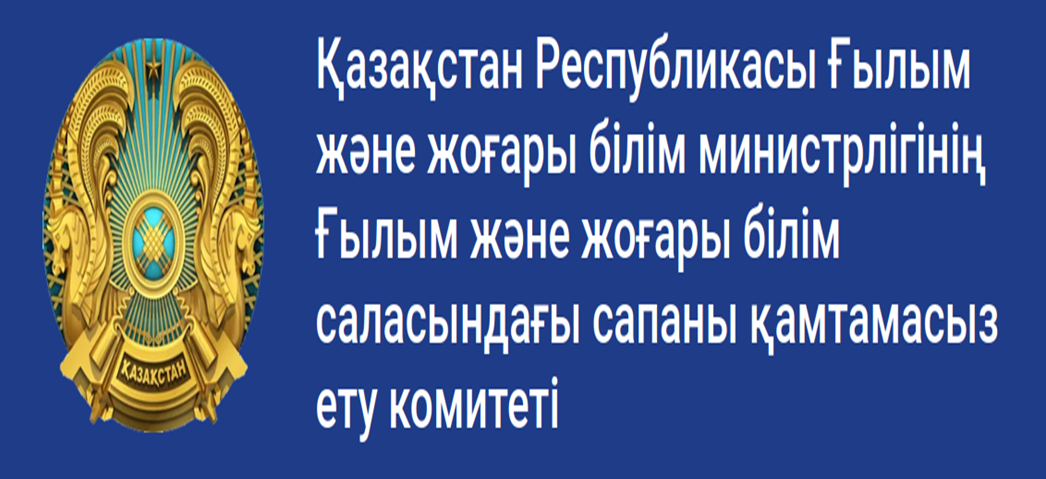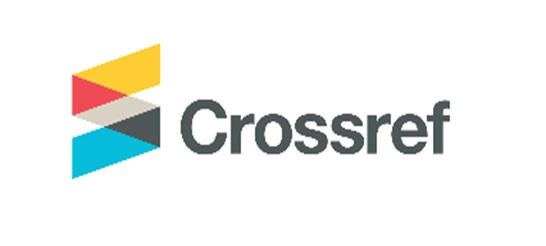A wolf in the Turkic culture: sacred and ordinary
Views: 364 / PDF downloads: 383
DOI:
https://doi.org/10.32523/2664-5157-2022-1-118-122Abstract
The monograph of the scientist-ethnographer Tattigul Ersaiynkyzy Kartay
«Boritanym» («Wolf Studies») is devoted to the study of the wolf in Turkic, including Kazakh culture as a
sacred and at the same time profane (ordinary) object. The author has accumulated rich empirical material on
a given topic during scientific expeditions and business trips to the western, southern and central regions of
Kazakhstan (Mangystau, West Kazakhstan, Aktobe, Kyzylorda, Almaty, Karaganda regions), organized from
2012 to 2020. The first section of the monograph gives an interpretation of rock carvings with images of a
wolf (petroglyphic complexes Zhartas, Qulzhabasy, Tamgaly tas, Borisholaq, Bayan-Zhurek), archaeological
finds (pike, dagger, knife, sword, whip with a wolf’s head) and museum artifacts (bronze candlestick , a
fragment of pottery, a pendant for decorating clothes, a buckle with a horse harness, a gold earring with
images and attributes of a wolf). The image of the “wolf-man” and the specificity of its representation in the
works of oral folk art are considered, the reasons for the taboo of the name of the totem animal are analyzed,
evidence is given for the viability of the traditions of the Saka-Scythian “animal style”. Interesting facts have
been found about the application of traces-casts of a wolf on the surface of bricks built into the walls of
mausoleums and houses (palaces), most likely as a talisman against harmful forces.
As a result of the nomadic way of life of the Kazakhs, which combined cattle breeding and hunting, the
remnants of totemism (beliefs of a fishing cult) and a deep fear of a sacred animal were strongly intertwined
in the magical ideas and ritual practice of the people. In the second section of the monograph, Professor T.
Kartay gives a detailed population characteristic of wolves (physical data, lifestyle, typical habits, choice
of den, mating season, raising offspring, etc.) living in Kazakhstan, and divides them into the following
subspecies are gray wolf, red wolf, blue wolf, black wolf, yellow wolf and white wolf.
Interesting in the work are the descriptions of the annually recurring weather phenomenon (amal)
associated with the image of the wolf - «borisyrgak»; national sports games «kokpar», «qasqulaq», «bozqashy»;
ways of using wolf body parts in ethnomedicine; customs and rituals of naming, whose roots go back to
the veneration and deification of the cult animal of the Turks.As a result of fruitful communication with
informants, previously unknown dialectisms or only locally used winged expressions and speech turns
associated with the image of a wolf were recorded, which can be called the author’s linguistic find.
In the study of the wolf phenomenon, the author effectively uses an interdisciplinary approach. All
sections of the monograph are accompanied by illustrative materials (photographs, drawings, diagrams),
which enriches the content of the texts and helps the reader to perceive them more easily.


























